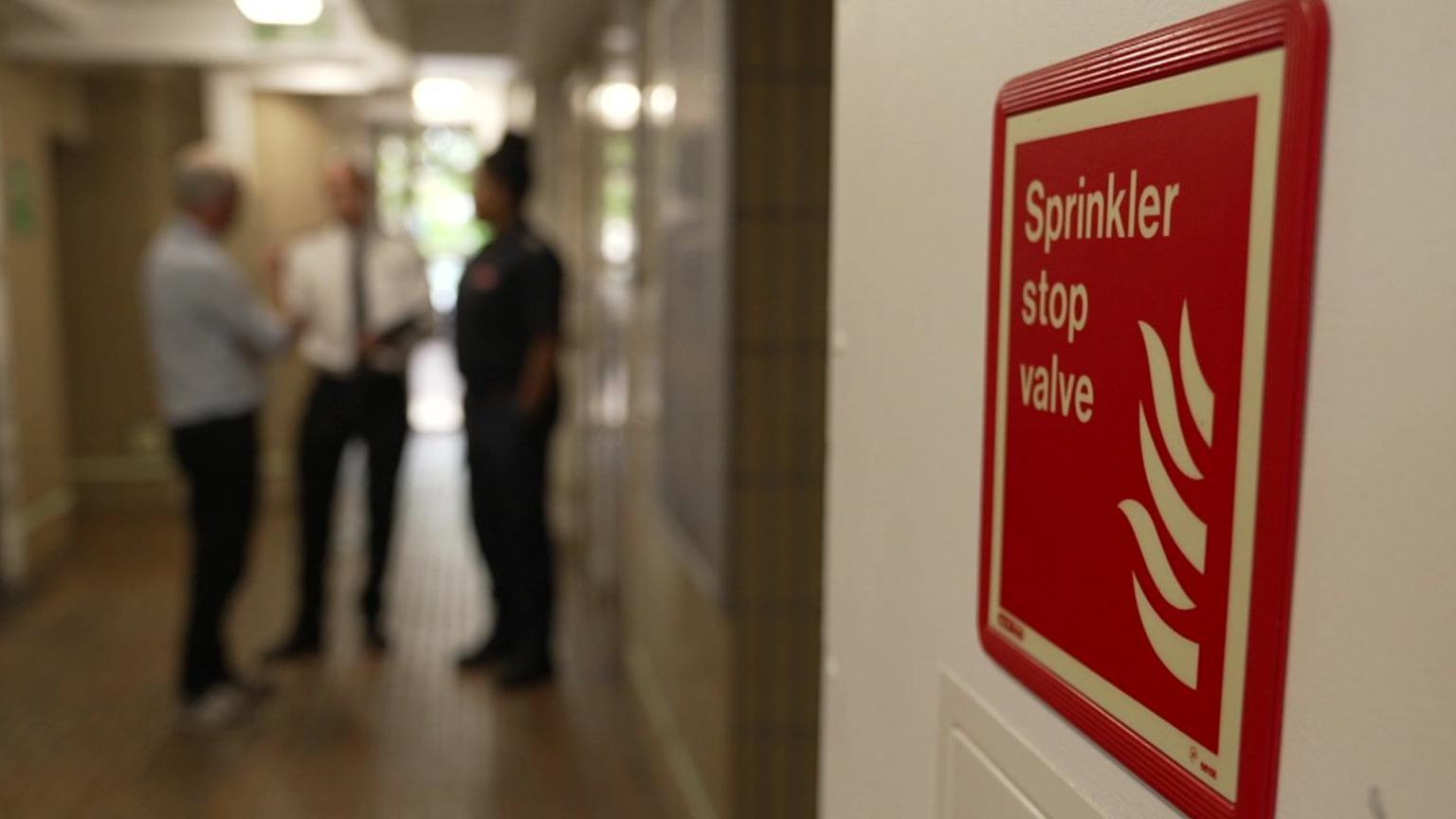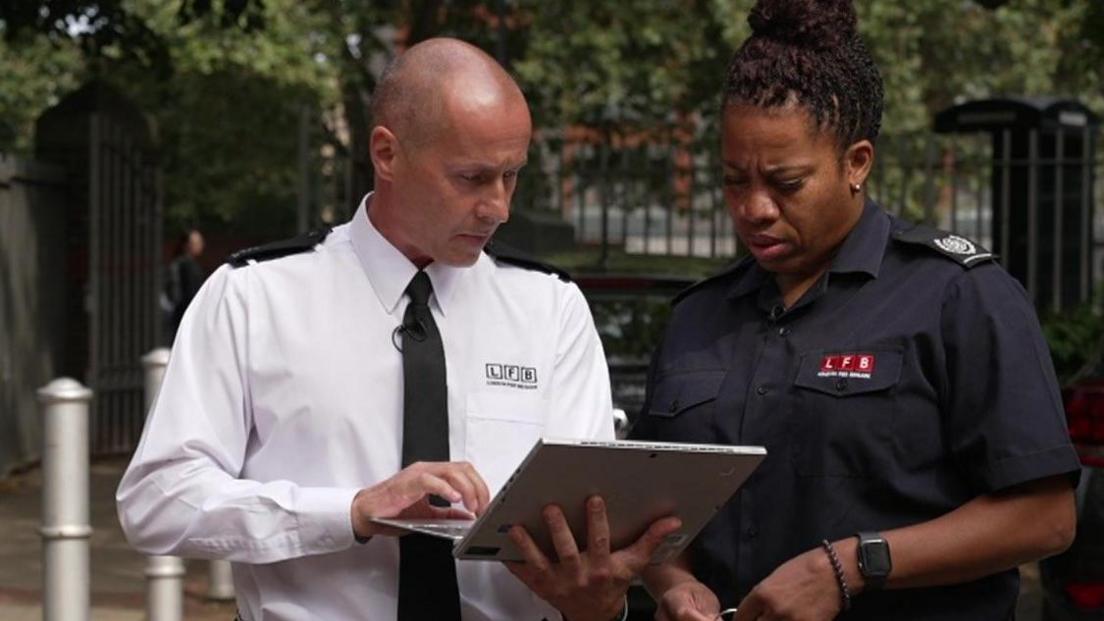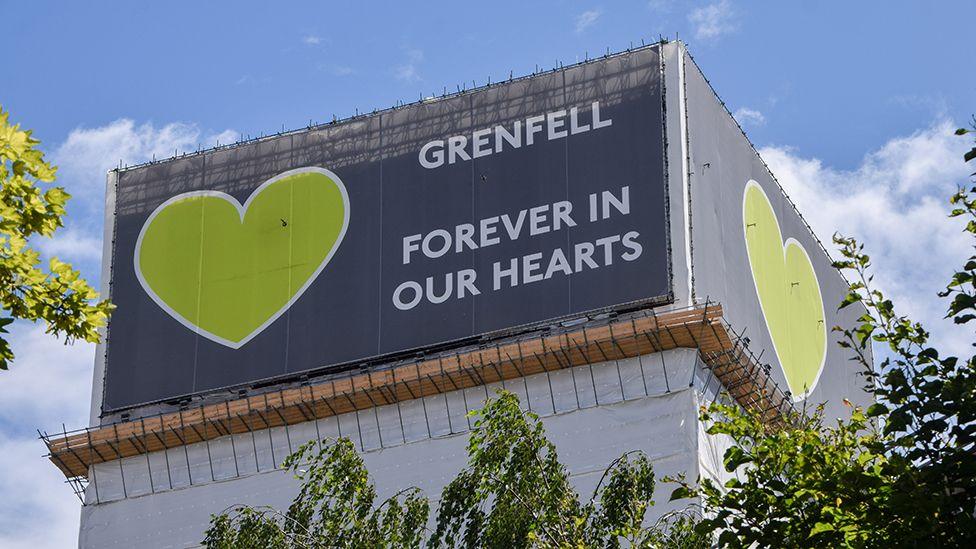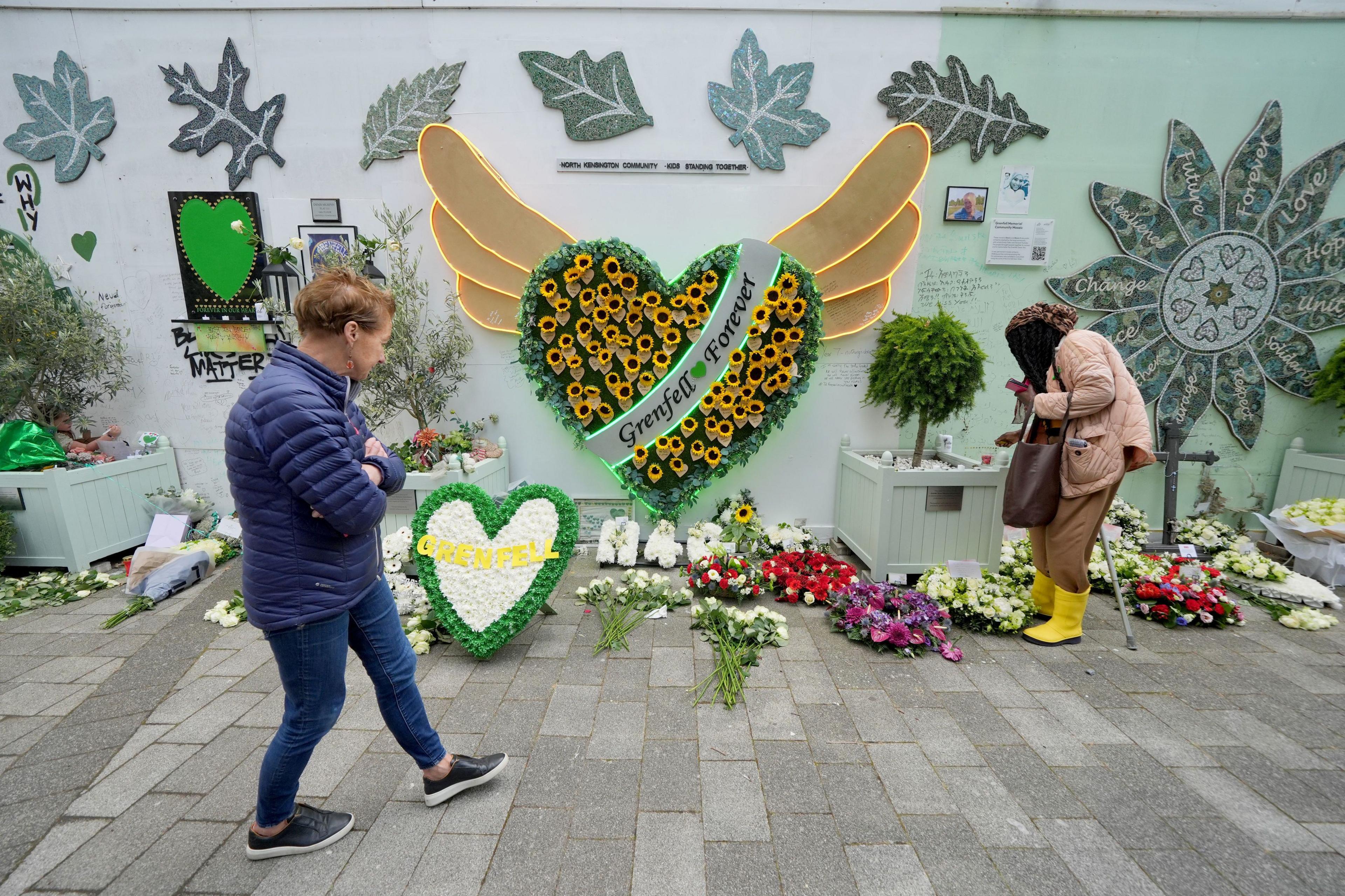Billions spent on cladding removal after Grenfell

More than 700 tower blocks have applied for funds to remove unsafe cladding
- Published
More than £1bn has been paid out to take dangerous cladding off London's tower blocks in the past six years.
Figures from the end of August, seen by BBC London, show that more than 700 blocks that are taller than 18m (59ft) have applied for funding from a number of government schemes.
So far, the Greater London Authority, which manages the schemes on behalf of government, has made 1,200 separate payments.
It says of the 500 buildings currently in the scheme, 58% are now either fully remediated, or have work under way.
Watch: London Fire Brigade explains new fire safety measures in high-rise blocks
The GLA says it is still getting applications for funding through the three schemes it administers - the Building Safety Fund, the Social Sector Cladding Remediation Fund and the Private Sector Cladding Remediation Fund.
Deputy assistant commissioner for fire safety at the London Fire Brigade, Pam Oparaocha, said building owners also had responsibilities to ensure safety.
She told BBC London: "I'm really pleased that the government is saying there is funding available - we will support that - but there are also people responsible for these buildings, people who built these buildings, who have the funds to do what they need to do, and for whatever reason are not doing everything that they should be doing at pace."
We joined her on a tour of a tower block in Lewisham, south-east London. Gerrard House in New Cross has been refitted in a way she'd like to see at every high rise.
It had dangerous cladding removed after Grenfell, and has been retro-fitted with sprinklers.
There are new signs in every corridor that glow in the dark, pointing to fire exits. Each flat has a light outside that would come on if there was a fire inside.
There are plans of the building and information about its residents in a fireproof box just inside the building. Her concern, though, is that too many tower blocks aren't like this.

Deputy assistant commissioner for fire safety Pam Oparaocha says building owners also have responsibilities
Ms Oparaocha said: "We've got 1,300 buildings that have a simultaneous evacuation strategy because of various fire safety issues. That's an unacceptable position to be in, especially seven years after Grenfell. We've known what to do and legislation has told us what to do but it's still not happening quickly enough."
Simultaneous evacuation is a policy the brigade uses when a building has known fire safety issues - not just dangerous cladding, but things like fire doors or windows that are defective.
Before Grenfell, the advice to people in such blocks would have been to "stay put" in their flats in the event of a fire - the buildings were supposed to be designed to keep people safe for up to an hour.
The stay-put advice is national guidance for fighting fires in high-rise buildings and remains in place for the majority of tower blocks in London.
The brigade used simultaneous evacuation as part of its tactics to tackle the fire at a block of flats in Dagenham last week. Eighty people were safely evacuated - 20 more were rescued by firefighters.
Listen to the best of BBC Radio London on Sounds and follow BBC London on Facebook, external, X, external and Instagram, external. Send your story ideas to hello.bbclondon@bbc.co.uk, external
- Published1 September 2024

- Published19 August 2024

- Published14 June 2024
